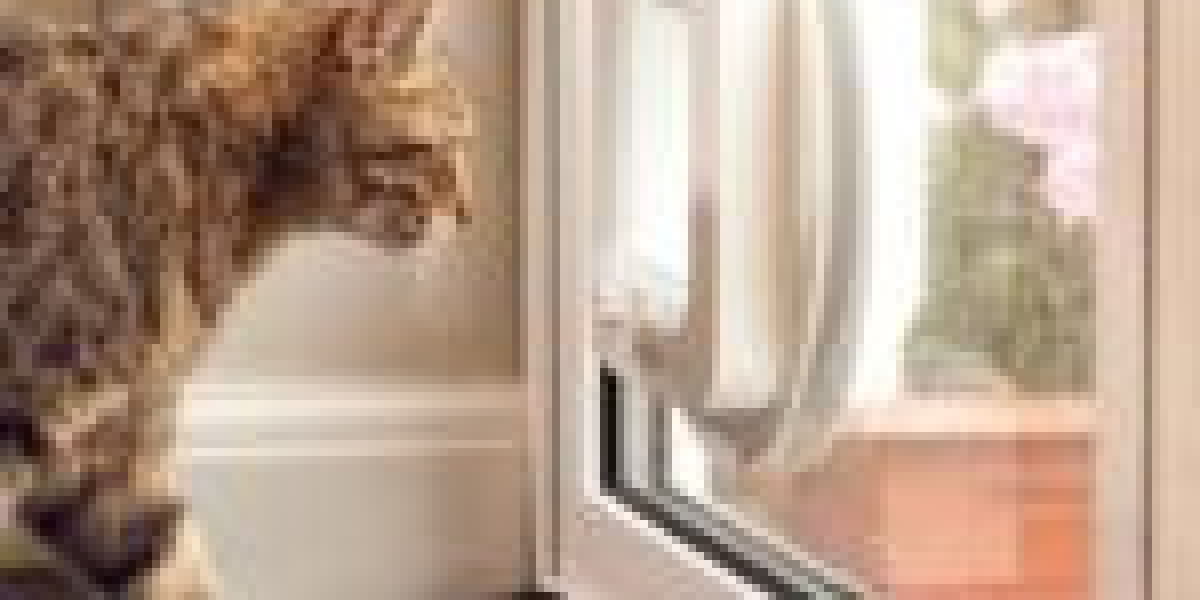The Ultimate Guide to Cat Flap Replacement: Why, When, and How
As a cat owner, it's vital to supply your feline friend with a comfortable and hassle-free cat flap installation quote method to go into and exit your home. A cat flap, likewise called a cat door, is a simple and efficient solution that allows your cat to come and go as it pleases. Nevertheless, like any other household product, cat flaps can use out over time, needing replacement. In this short article, we'll explore the reasons why cat flap replacement is required, the indications that show it's time for a brand-new one, and a step-by-step guide on how to change a cat flap.
Why Replace a Cat Flap?
There are numerous factors why cat flap replacement is essential:
- Wear and tear: Cat flaps undergo continuous use, which can result in wear and tear on the hinges, seals, and other moving parts.
- Weather condition damage: Exposure to rain, snow, and extreme temperatures can cause the cat flap to weaken, leading to water leakages and drafts.
- Bug control: Old or damaged cat flaps can offer an entry point for undesirable bugs, such as rodents, birds, or pests.
- Energy performance: A brand-new cat flap can help in reducing heat loss and energy usage, making your home more energy-efficient.
- Enhanced security: Modern cat flaps typically feature innovative security features, such as lockable doors and magnetic seals, to avoid unapproved entry.
Indications that Indicate it's Time for a New Cat Flap
If you discover any of the following indications, it's most likely that your cat flap requires to be changed:
- Leaks and drafts: If you notice water or air dripping through the cat flap, it's time to consider a new one.
- Difficulty opening or closing: If the cat flap becomes stuck or difficult to open or close, it's most likely that the hinges or seals are worn out.
- Sound: If the cat flap makes excessive noise when opening or closing, it may be an indication that the moving parts are broken.
- Pest infestation: If you see insects entering your home through the cat flap, it's time to change it with a new one.
How to Replace a Cat Flap: A Step-by-Step Guide
Replacing a cat flap is a relatively easy DIY project that can be completed with fundamental tools and products. Here's a detailed guide:
Materials required:
- A brand-new cat flap
- Screwdriver or drill
- Measuring tape
- Pencil or marker
- Wood screws (if required)
- Weatherstripping (if necessary)
Instructions:
- Measure the existing cat flap: Measure the width and height of the existing cat flap to make sure that the brand-new one fits completely.
- Get rid of the old cat flap: Use a screwdriver or drill to eliminate the screws holding the old cat flap in place. Carefully pry the cat flap out of the door or wall.
- Tidy the area: Clean the area around the old cat flap to remove any particles or dirt.
- Mark the position of the brand-new cat flap: Use a pencil or marker to mark the position of the brand-new cat flap on the pet door installation or wall.
- Drill pilot holes: Drill pilot holes for the screws that will hold the brand-new cat flap technician flap in place.
- Set up the new cat flap: Insert the new cat flap into the cat-friendly door installation or wall and screw it into location.
- Include weatherstripping (if required): Apply weatherstripping around the edges of the cat flap to avoid drafts and leakages.
Idea:
- Choose a cat flap that appropriates for your cat's size and type.
- Consider a cat flap with sophisticated security functions, such as lockable doors and magnetic seals.
- Use a level to ensure that the cat flap is set up directly and level.
- Evaluate the cat flap before installing it to guarantee that it works smoothly and quietly.
Frequently Asked Questions:
- Q: How long does it take to change a cat flap?A: The time it takes to change a cat flap depends upon the intricacy of the task and the person's DIY skills. Usually, it takes about 30 minutes to an hour to finish the job.
- Q: Can I change a cat flap myself?A: Yes, changing a cat flap is a fairly simple DIY project that can be completed with basic tools and products. However, if you're not comfy with DIY projects, it's recommended to work with a professional.
- Q: How often should I change Repair My Windows And Doors cat flap?A: The frequency of replacing a cat flap depends on usage and weather. On average, a cat flap need to be changed every 5-7 years.
- Q: What are the advantages of a new cat flap?A: A new cat flap can improve energy effectiveness, security, and convenience for your cat. It can likewise decrease sound and prevent pest infestation.
Conclusion:
Replacing a cat flap is a simple and essential job that can improve the convenience and convenience of your feline good friend. By following the detailed guide outlined in this article, you can quickly replace your old cat flap with a new one. Keep in mind to select a cat flap that is ideal for your cat's size and breed, and consider advanced security features to prevent unapproved entry.

Additional Resources:
- Best Cat Flaps for Energy Efficiency: [link]
- How to Choose the Right Cat Flap: [link]
- DIY Cat Flap Installation Tips: [link]
By offering your cat with a comfortable and convenient method to enter and exit your home, you can improve its total health and happiness. Remember to replace your cat flap every 5-7 years to make sure that it stays in good working condition.








